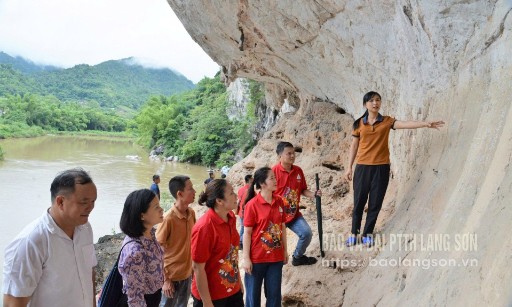
Stele writing is a cultural phenomenon that arose from human social life and is one of the forms of information in ancient and medieval times. Stele writing appeared quite early, starting from China, then spread to countries such as Korea, Vietnam and Japan (countries using hieroglyphs, blocks). Basically, stele writing is used to record major events that took place in history, cultural events, politics ...
Unique documentary heritage
According to cultural researchers, stele inscriptions are Han Nom documentary heritages that play an important role in relics. In Sino-Vietnamese transcription, stele is read as “bi”, meaning a large stone slab with engraved words to record events, people, things that need to be remembered or to record a memory, a personal event that has a great influence in the community. Steles carved on cliffs or in caves are called “ma nhai” steles, while steles erected on stone slabs are called “da” steles.
Dr. Hoang Van Pao, Chairman of the Provincial Cultural Heritage Association, said: Stone steles are documents for research on history, ethnology, geography, historical linguistics, sociology, customs, beliefs, historical geography, fine arts, etc. This is a special type of cultural heritage, an authentic and reliable historical document, a source of research materials on many aspects of the history of each ethnic group and locality. The layout of the stele includes the title; stele text; the last part records the time the stele was erected.
According to incomplete statistics of the Department of Culture, Sports and Tourism (VHTT&DL), the whole province currently has more than 60 steles being preserved at the Provincial Museum and religious relics in the province. Steles in Lang Son are divided into two types: block-shaped steles and ghost-cheek steles. Of which, ghost-cheek steles account for 2/3 of the total number of steles in the whole province because Lang Son has many mountains and caves. These ghost-cheek steles were all composed by Confucian scholars such as Than Duc Tai, Vi Duc Thang, Ngo Thi Si, Le Huu Dung, Ngo Thi Nham, Ngo Thi Vi... Each stele is a famous poetic document, praising the country's mountains and rivers, praising the courage and tolerance of the border people in labor production. A typical example is the famous person Ngo Thi Sy who wrote the poem "Tran doanh bat canh" written and engraved on the cliff at Tien pagoda (Luong Van Tri ward) in the 40th year of Canh Hung (1779) and many other poems at Nhi Thanh cave, Tam Thanh pagoda (Tam Thanh ward)...
Besides the stele, the block stele is a work carved on stone slabs, clearly showing the sculpting talent and ideology of the ancients.
The most typical is the Thuy Mon Dinh Stele, recognized by the Prime Minister as a national treasure in 2015. This stele was erected in 1670, under the reign of King Le Huyen Tong, by the General Nguyen Dinh Loc. The content of the stele contains extremely valuable information about the name "Vietnam" and national territorial sovereignty, and is one of the few ancient documents with the two words "Vietnam" from before 1804. In addition, Lang Son also has two steles dated Chinh Hoa (1680 and 1683) at Trung Thien Pagoda (Na Duong Commune) and Ta Phu Temple (Ky Lua Ward), praising the contributions of two generals Vi Duc Thang and Than Cong Tai, who contributed to keeping the border peaceful and developing the economy of this land.
Preserve for eternity
Stele inscriptions are a valuable historical treasure, a living testament to the process of building and defending the country by our ancestors. Realizing this, in recent years, the provincial Department of Culture, Sports and Tourism has had many solutions to preserve and promote this unique cultural heritage for future generations.
Mr. Luu Ba Mac, Deputy Director of the Department of Culture, Sports and Tourism, said: In recent times, the department has promoted propaganda activities to raise people's awareness of preserving and protecting the precious values of the system of steles in the province. We also closely coordinate with relevant agencies to effectively implement solutions to preserve and restore steles in particular and relics in general, associated with tourism development. In addition, the department is also making efforts to digitize steles to serve research work.
Accordingly, in recent times, agencies and professional units have made efforts to preserve and promote the value of this stele treasure. Typically, Lang Son Provincial Museum has collected and preserved 62 copies of the stele in its archives. In order to serve the needs of visitors to visit and learn, the Provincial Museum has also translated the meaning of the stele into Vietnamese. These translations are placed at the relics, helping visitors easily read and understand the historical and cultural value of each stele.
Mr. Nong Duc Kien, Director of the Provincial Museum, said: In order to promote the value of the artifacts and documents of the stele, we have directed the specialized departments to strengthen the collection and preservation work, at the same time, display and introduce to a large number of visitors the value of these artifacts and documents. In particular, for the national treasure of the Thuy Mon Dinh stele currently being kept at the exhibition house, we have also built a pedestal and installed protective glass panels.
At the same time, digitalization work at relic sites is also focused on... From 2022 to present, the Department of Culture, Sports and Tourism has coordinated with relevant units to digitize the entire cultural heritage database in the province with 3,440 artifacts, documents, and materials, including information on the stele systems with full information updated on the software.
In addition, because the stele, especially the ghost stele, is often located in the natural environment and is directly affected by the environment, the management board and the permanent department of the relics with the stele also proactively conduct periodic inspections, clean the moss and protect the surface of the stele. These efforts not only contribute to prolonging the life of the relics but also preserve intact the valuable messages that our ancestors sent.
Talking to us, Ms. Hoang Thi Kim Anh, Head of the permanent department of Tien Pagoda - Tien Well relic, Luong Van Tri ward, where many valuable stone stele are kept, expressed: "We consider protecting these cliffs as protecting the history of our ancestors. We regularly check, clean and propagate to visitors about the meaning of these stone stele, so that everyone understands and joins hands to protect them."
Steles are not just inanimate blocks of stone, but witnesses of time, important links for us to learn, connect and write a complete history of this land. Preserving and promoting the value of steles is not only the responsibility of the authorities but also of the whole community, so that these stone "history pages" will last forever.
Source: https://baolangson.vn/doc-dao-nhung-pho-su-bang-da-5055327.html



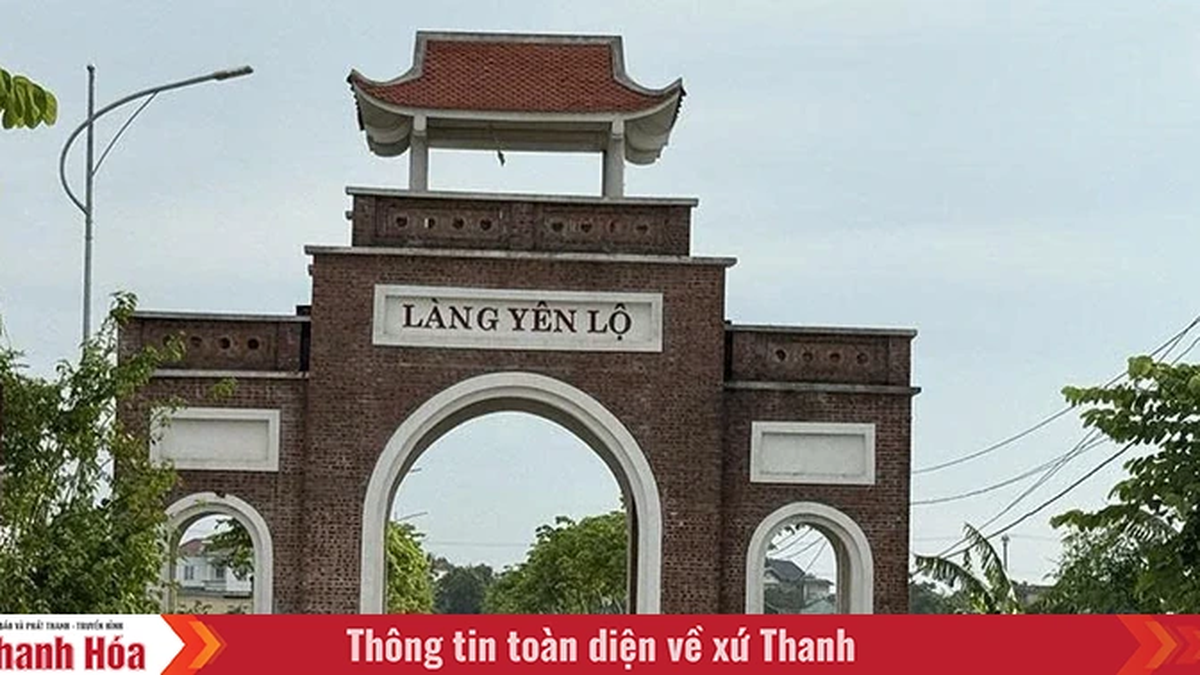
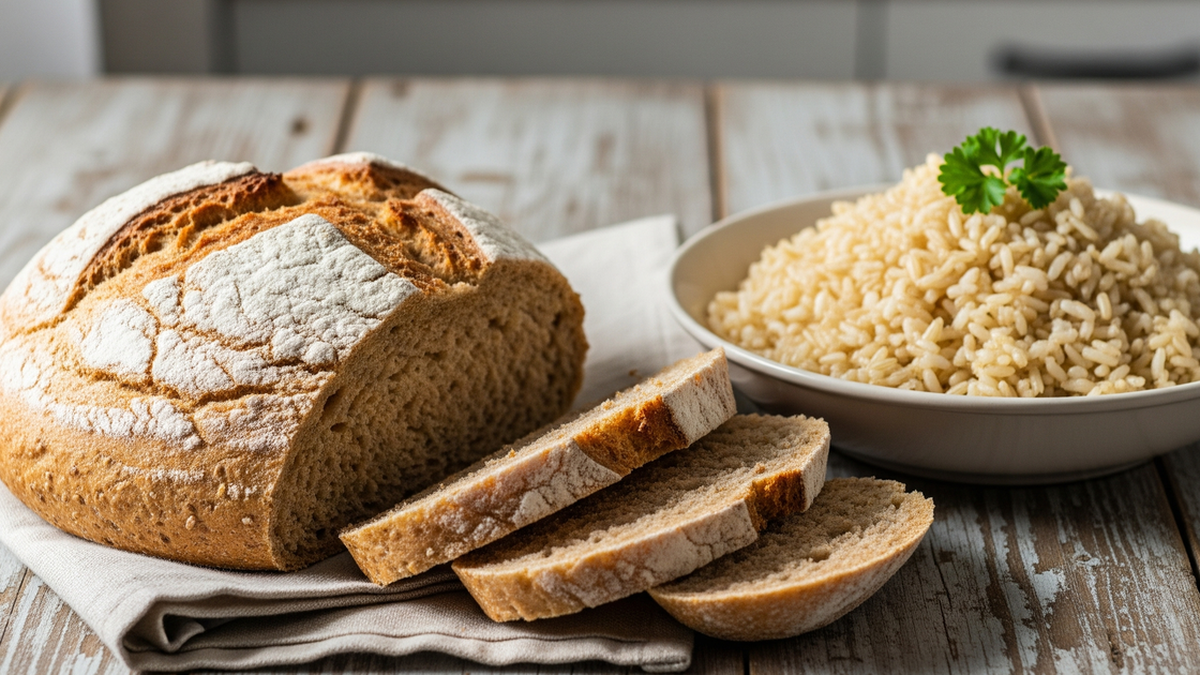
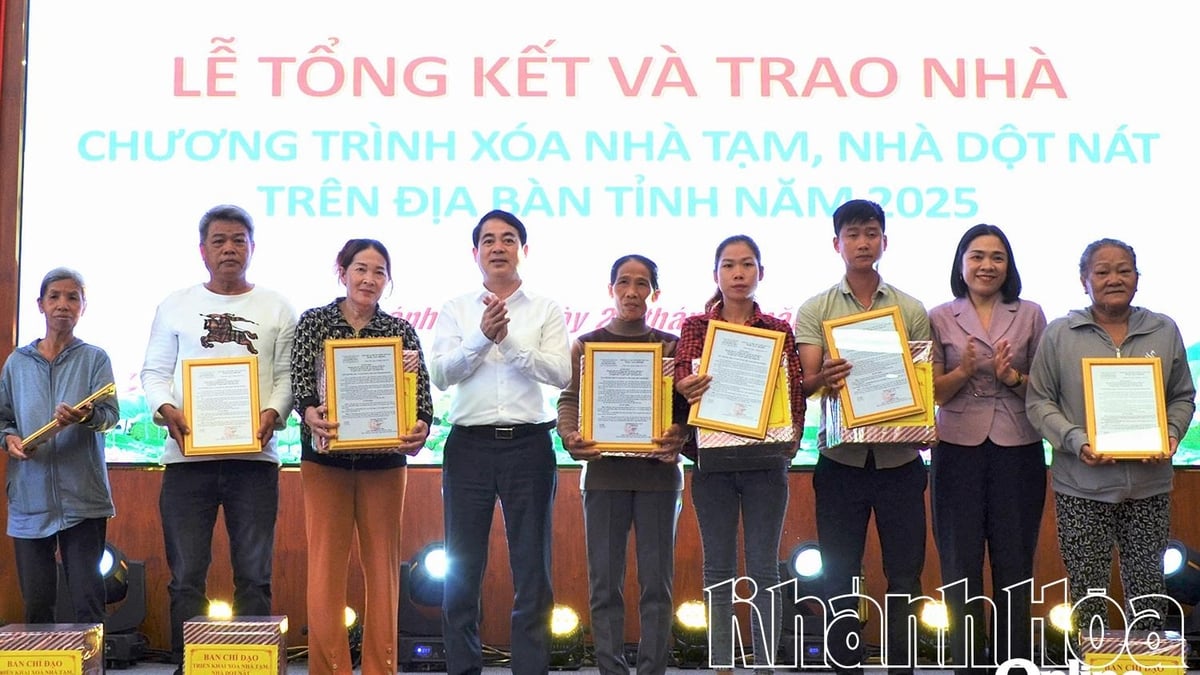





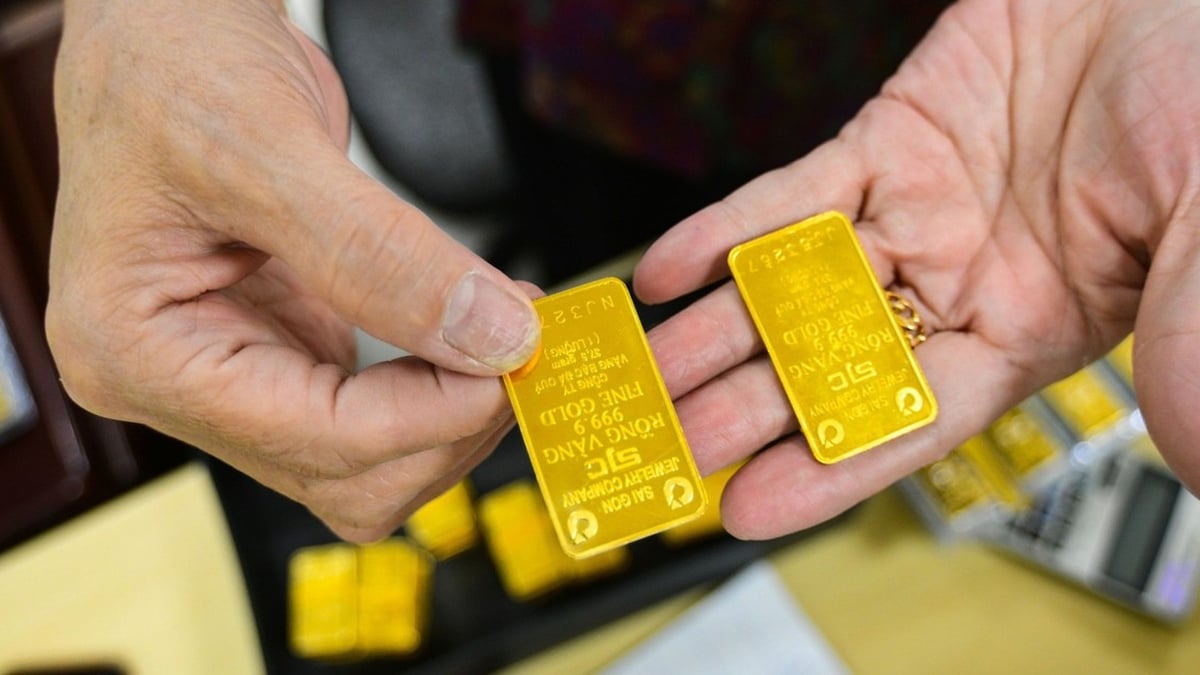













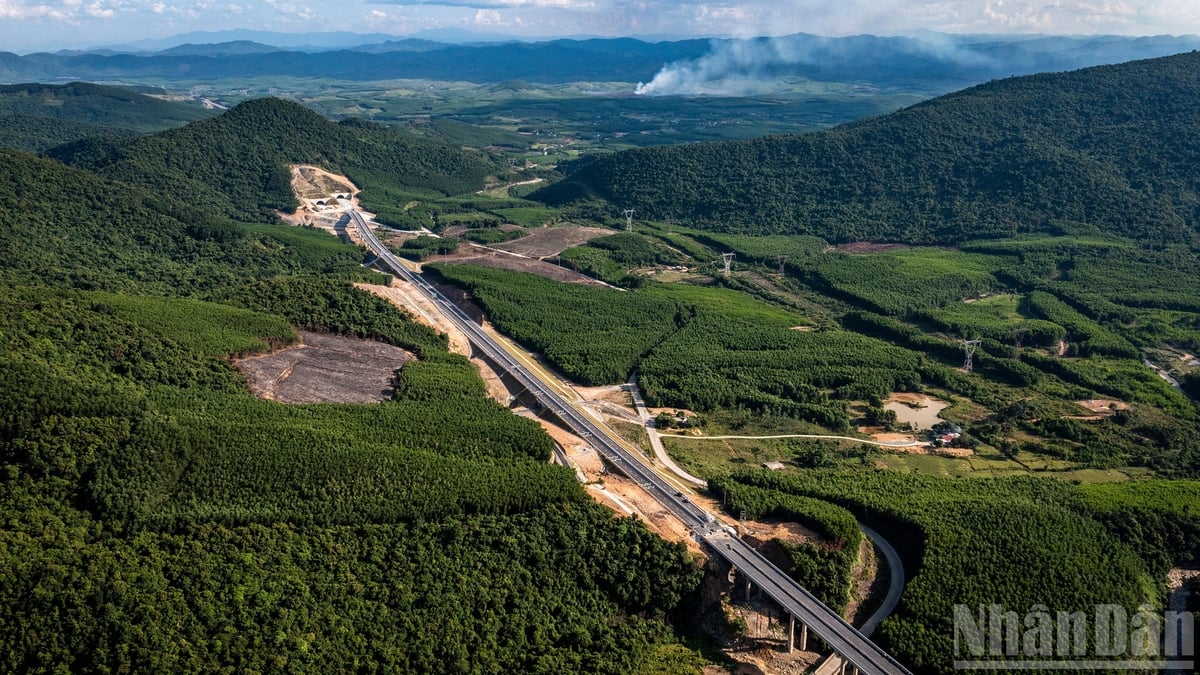

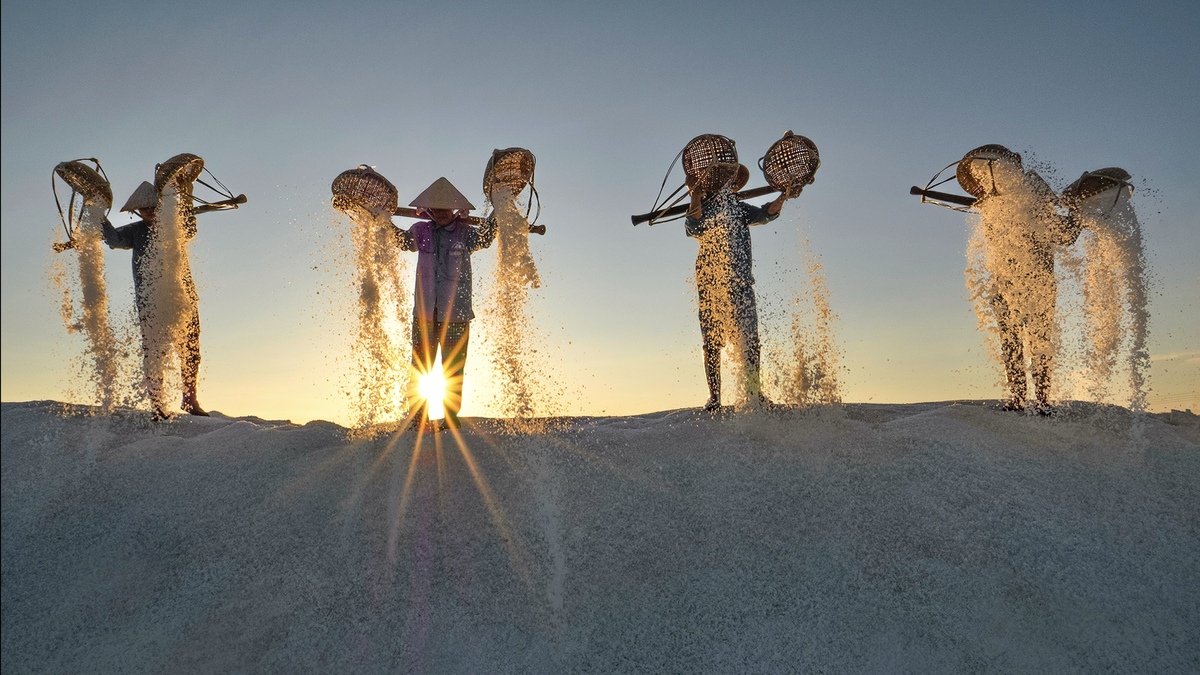


![[Photo] Prime Minister Pham Minh Chinh attends the opening ceremony of the National Data Center](https://vphoto.vietnam.vn/thumb/1200x675/vietnam/resource/IMAGE/2025/8/18/b5724a9c982b429790fdbd2438a0db44)





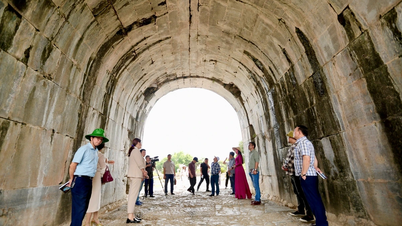





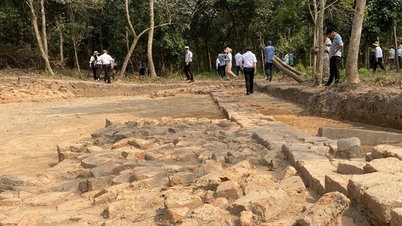



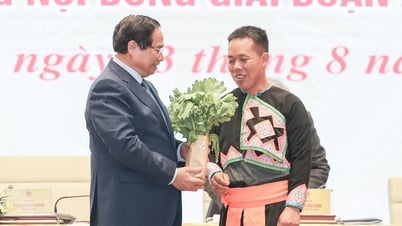





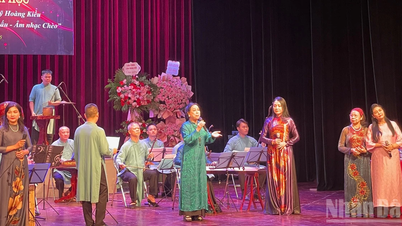








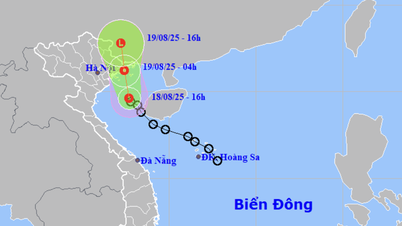








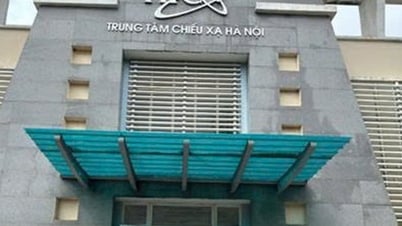



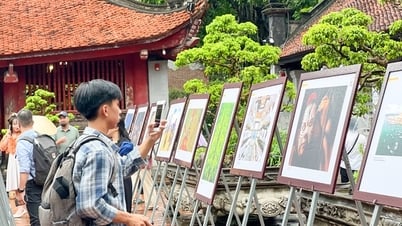










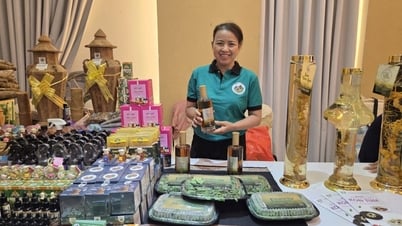











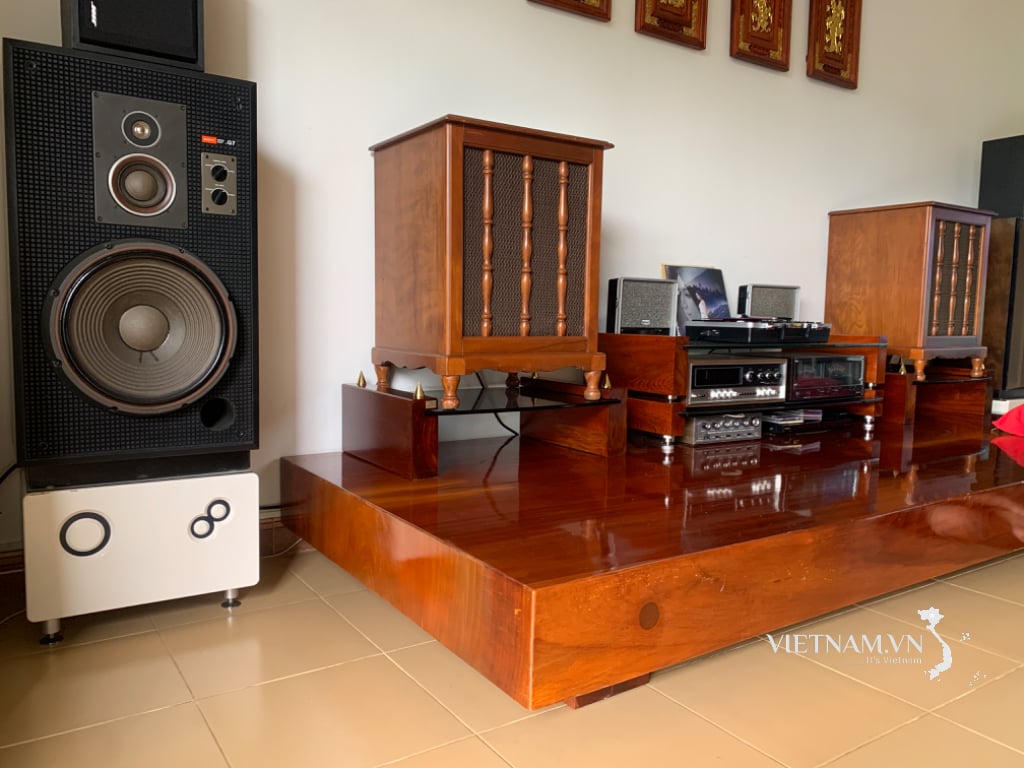


Comment (0)